Fighter jets and endless crowds - Inside Jonas Vingegaard's Copenhagen homecoming
Eye-witness: Rasmus Nowak Franklin on an occasion that saw the Tour de France champion crowned Danish sporting royalty
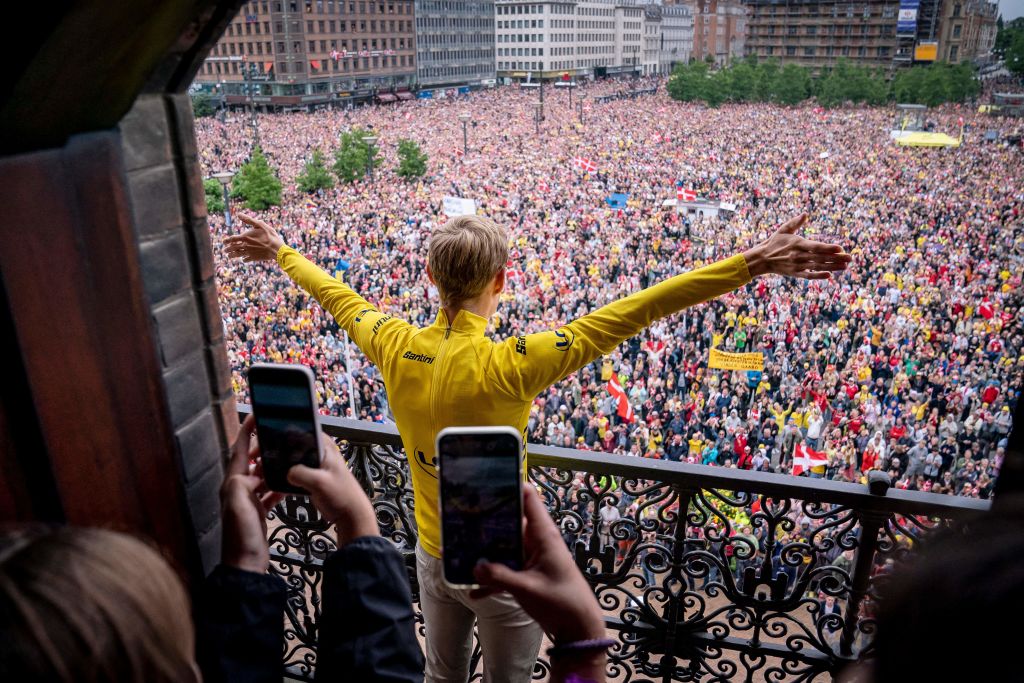
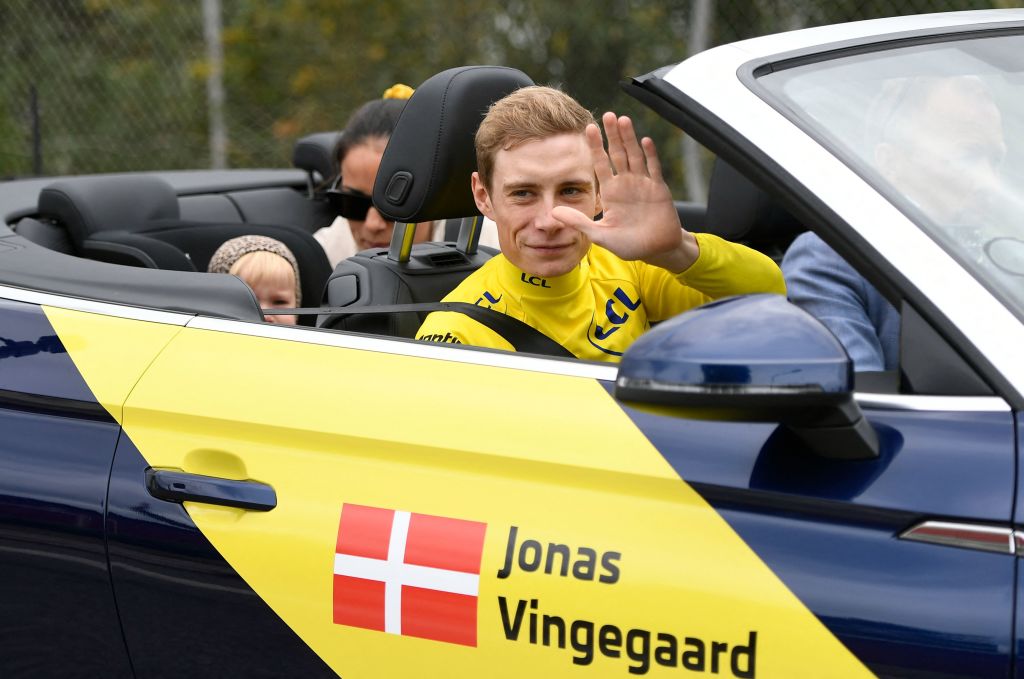
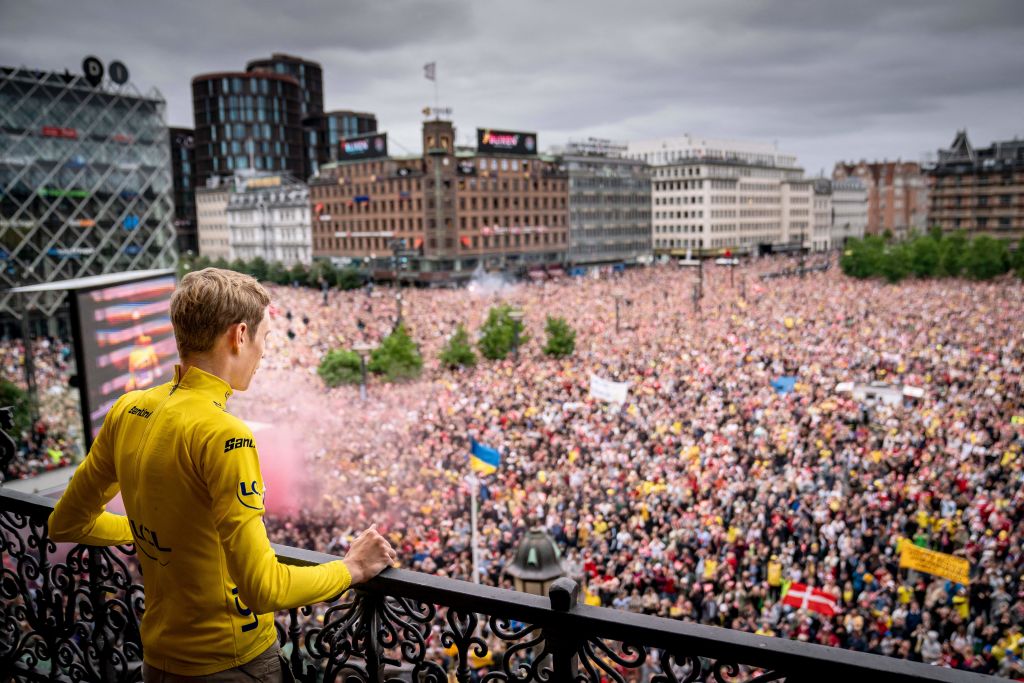
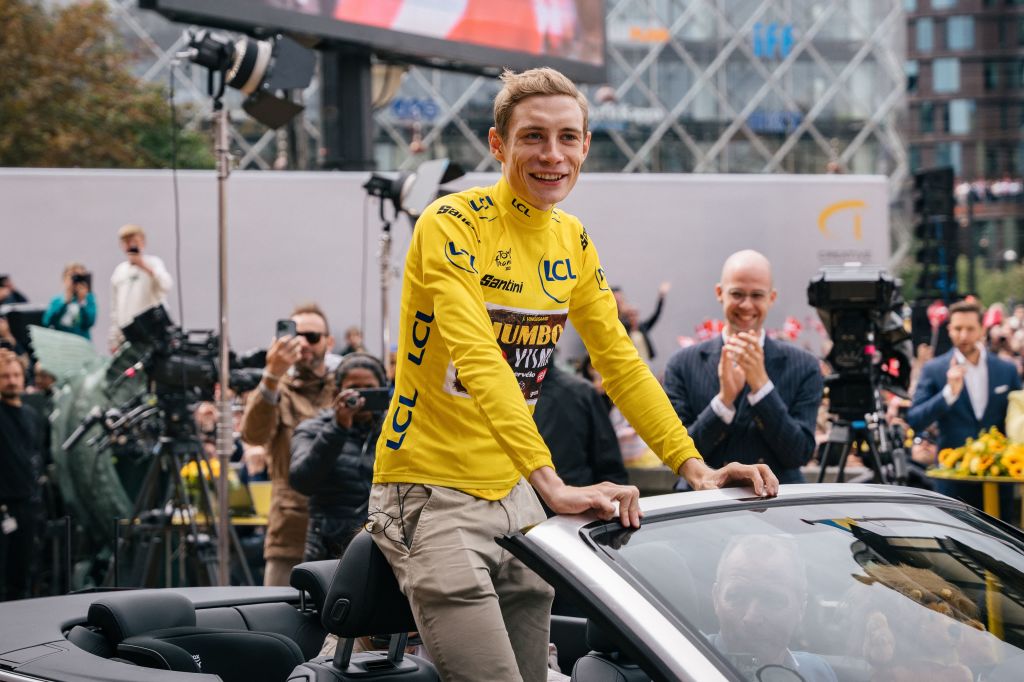
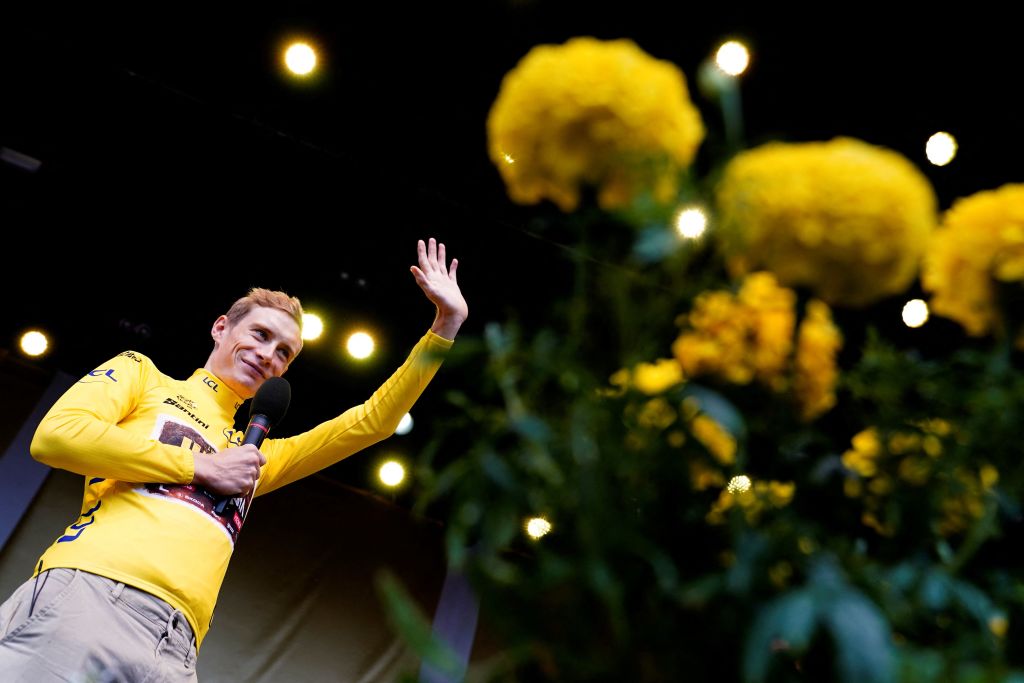
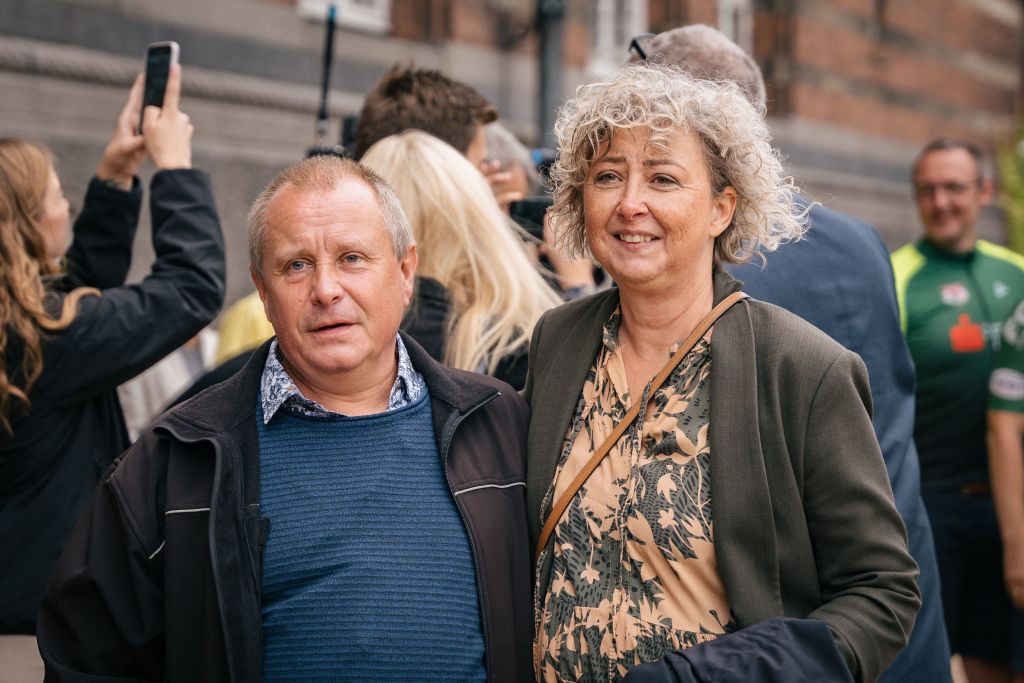
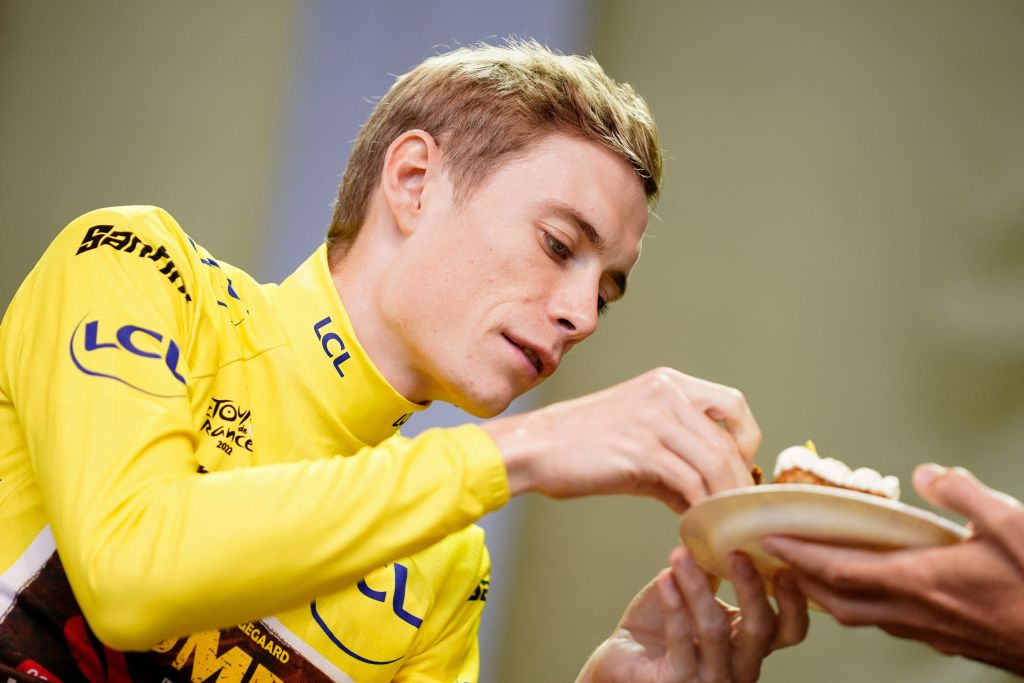
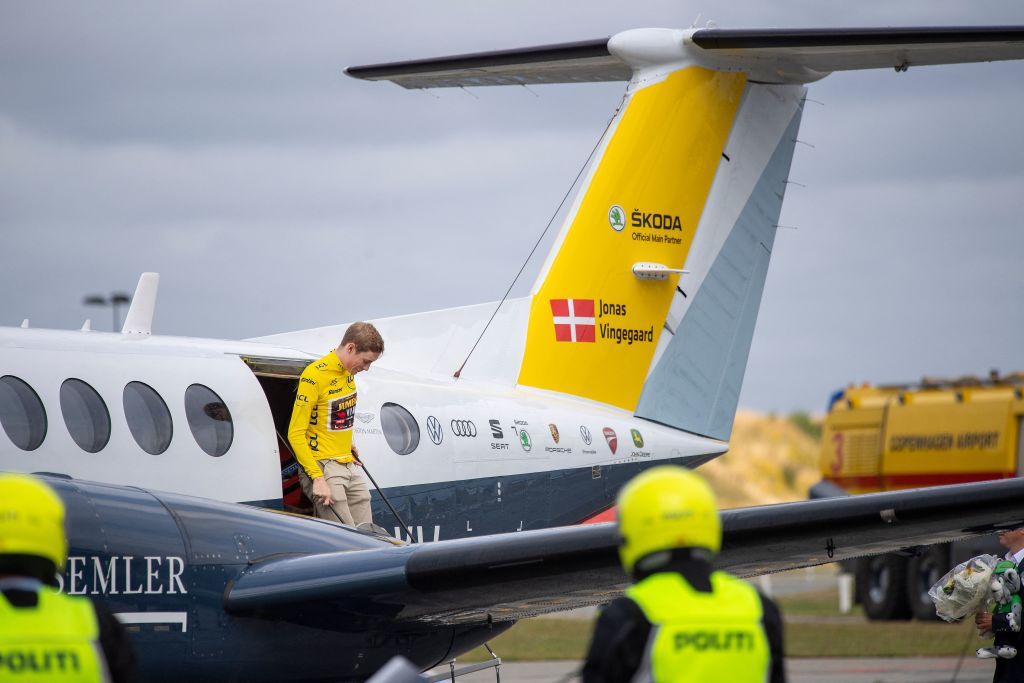
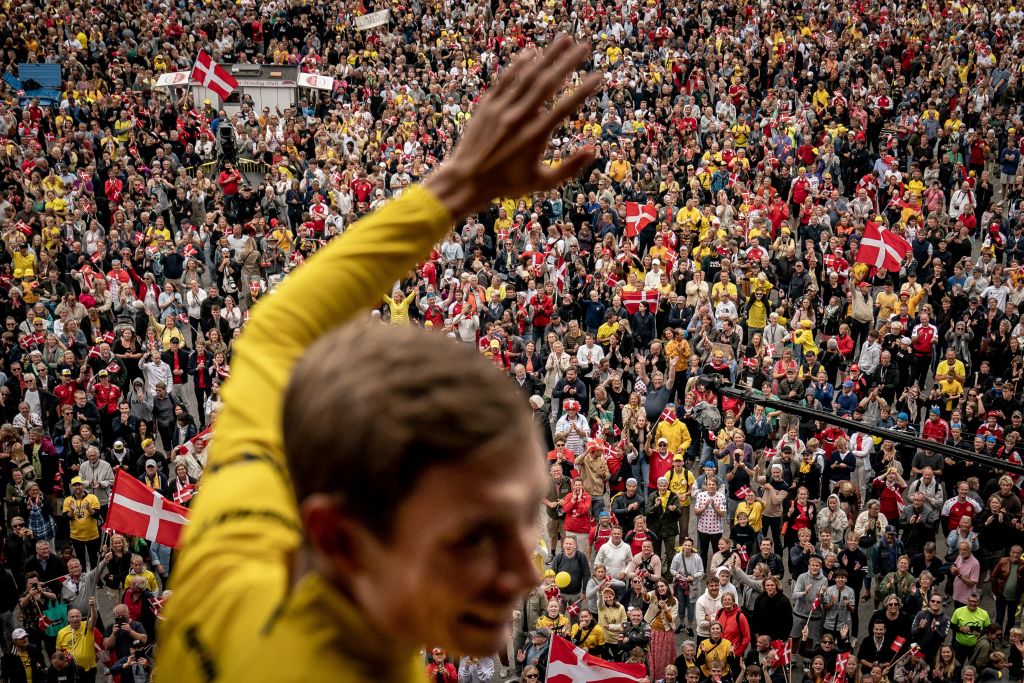
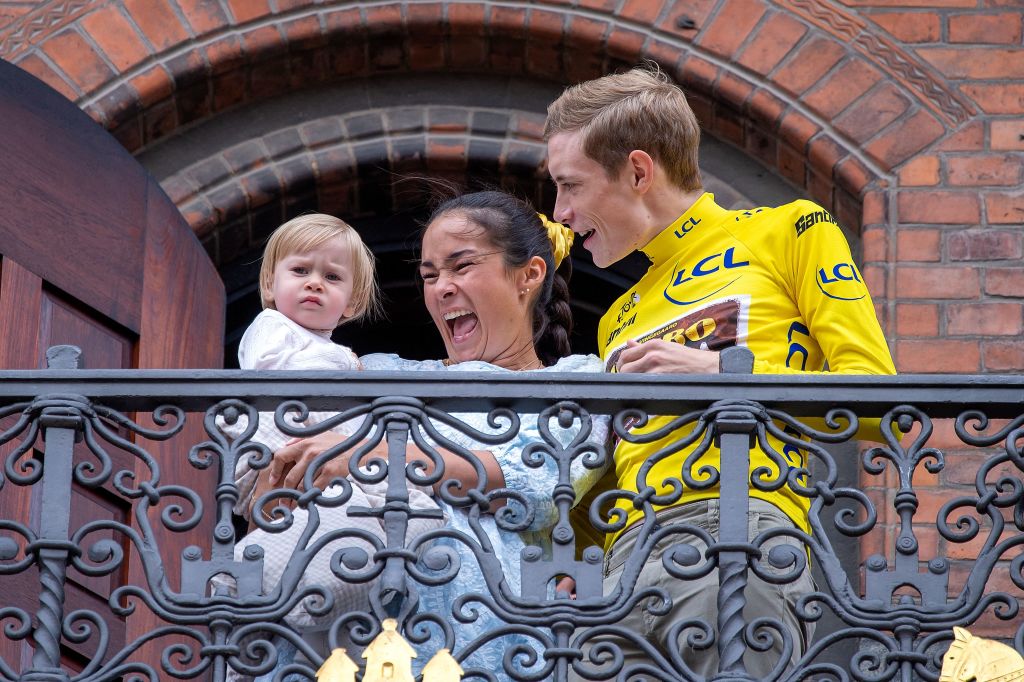
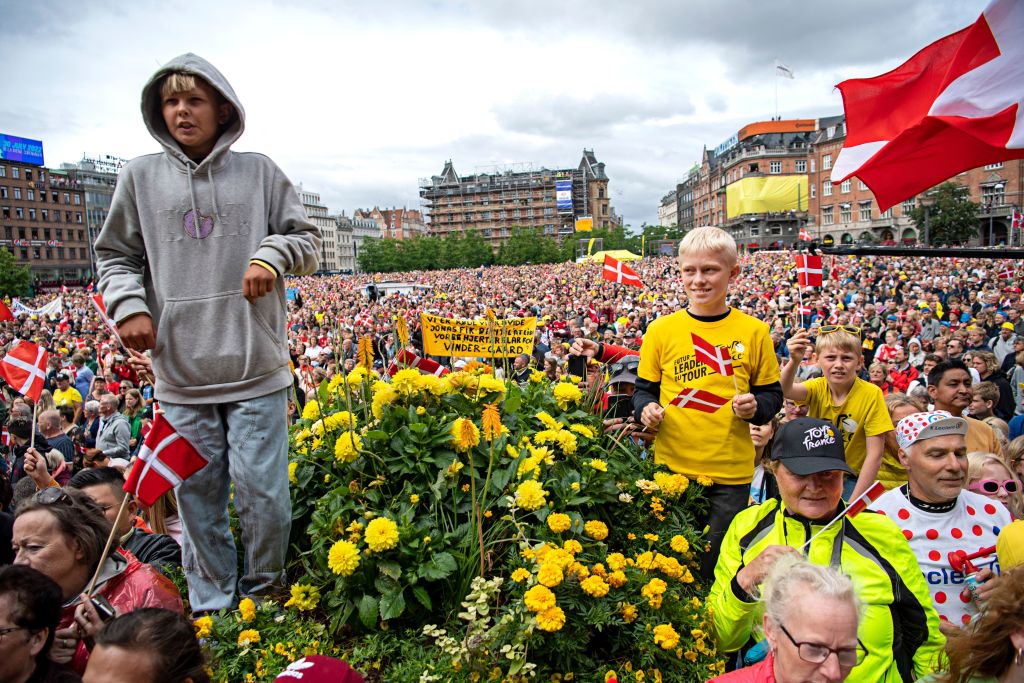
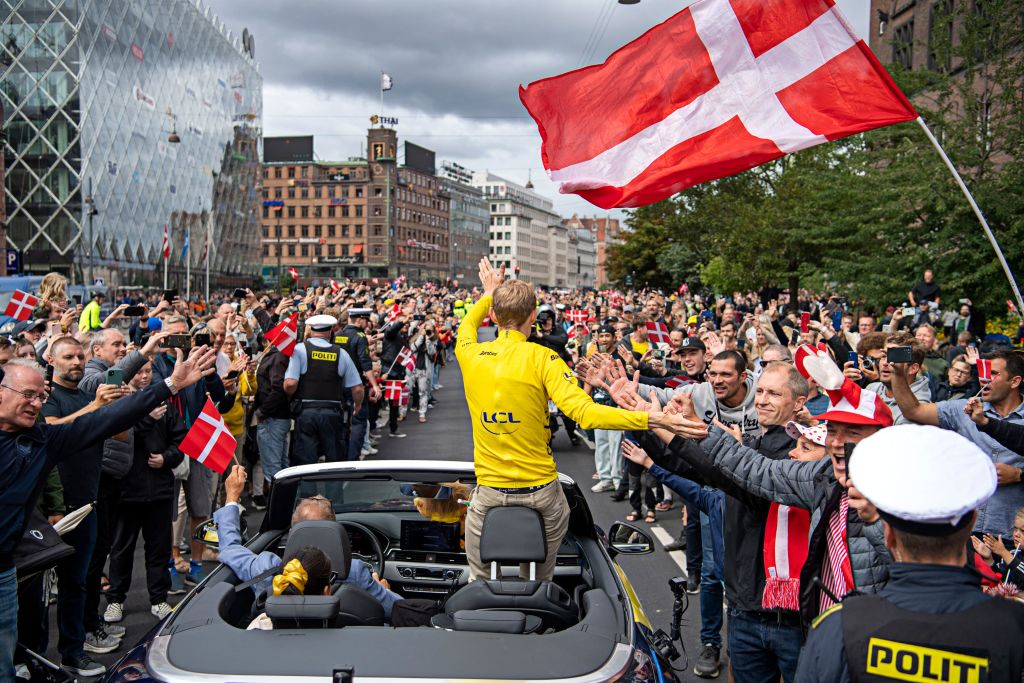
The prince dressed in yellow stepped out of the dimly-lit room and into the light. Below him, a sea of people, a wall of noise.
Every great fairytale needs a fitting ending, and this could certainly be considered one. But things became very real on Wednesday as Jonas Vingegaard returned to the very place where it all started exactly four weeks ago, coming home to a jubilant and ecstatic Copenhagen crowd after his tour de force at the Tour de France.
Denmark is a small country; it doesn't often host big sporting events. Until a few years ago, it didn’t win a lot of bike races, either. Now, the very same year the Tour starts in Denmark, there is a first Danish champion since the controversial victory of Bjarne Riis in 1996.
Unlike Riis, Vingegaard would step out onto the balcony of Copenhagen's City Hall. This is a place where precious few people will ever set foot. Balcony celebrations are traditionally reserved for the monarchy in Denmark. Only with the most monumental of athletic achievements do you attain this near-royal status and the honour of stepping out of the chambers of the City Hall and into the gaze of the crowds on Rådhuspladsen below.
It last happened in 1992 when Denmark won the European Cup in football - a different time and a different generation. On Wednesday, Vingegaard stepped onto the balcony to be crowned Denmark's new sporting icon.
That this balcony isn’t for everybody was underlined by Mads Pedersen's remark to the media, when he arrived at City Hall earlier in the day: “It wasn’t good enough becoming World Champion, so thank you to Jonas,” he said with his trademark tongue-in-cheek humour. Later in the day, he would join Vingegaard on the balcony overlooking the packed square.
The main character was the last one to arrive after four of the other Danish Tour de France representatives - Michael Mørkøv, Chris Juul Jensen, Kasper Asgreen and Pedersen - had made their entrances. Flown in from the Netherlands that morning in a private jet escorted by fighter planes from the Danish military, the modest young man from Glyngøre could probably sense that something about the world's perception of him had changed this summer.
Get The Leadout Newsletter
The latest race content, interviews, features, reviews and expert buying guides, direct to your inbox!

As he crossed into Danish airspace, thousands of people started to gather in front of City Hall to reenact the ritual some of them had only heard about through parents and grandparents who were there in 1992.
Whether Vingegaard knew what was about to hit him or not, he got a better and better sense of it. Moments after touching down on Danish soil, he would be driven in an Audi Cabriolet from the airport to City Hall.
Alongside the roads of Copenhagen, people had gathered in droves, and in the car, it was a relaxed Vingegaard who was now free from the worries of the COVID-ridden Tour, waving and high-fiving the fans to such an extent that he later jokingly stated that his arm was more sore today than after the cobbled stage 5 to Arenberg.
Having passed through a crowded city that was dressed in yellow for the occasion, he would arrive to a packed Rådhuspladsen, where the crowds exceeded tens of thousands. Standing up in the open Audi, the tiny climber hardly even rose above the crowd, but despite his tiny physical presence, the reaction to his long-awaited arrival was massive.

Here he was. Four weeks after finishing seventh in the opening time trial, Vingegaard would return down the very same boulevard where he lost eight seconds to Tadej Pogačar in the first of many dramatic exchanges. As with any good fairytale, he had started at home in Denmark, continued his adventure in far-away France, only to return home, triumphant.
That this was real life, though, was underlined by the obligatory speeches at the reception at City Hall, which could drain the enthusiasm from the most jubilant of occasions. His daughter Frida even had to surrender at this point and take a nap while politicians and the like paid tribute to Vingegaard in the banquet hall. His family would remain by his side throughout the day.
The man himself would also give a short speech to the room and the cameras, stating his gratitude to the cycling club in his native region of Thy where “it all began many years ago”. The words “Det er utroligt” (“It’s incredible”) found their way into his speech several times, as they had done throughout the the Tour de France.

With the speeches done, the moment came for which everybody in the square below had been waiting. Vingegaard stepped onto the balcony to an endless sea of roaring people.
Once wasn’t enough, as a visibly moved Vingegaard took several turns on the balcony - first alone, then with his fellow Tour de France Danes and, finally, with his partner and daughter. Standing there in his yellow jersey, the crowd gave the loudest roar of them all as a final send-off to their new icon.
Vingegaard is not a superhero. He’s a quiet, modest, family man - and maybe not the greatest with words - but he’s probably the best bike rider Denmark has ever seen, and one of its greatest athletes too. He's royalty now.
Rasmus is a Copenhagen-based journalist who is co-editor of the cycling-specialist publication Feltet.dk